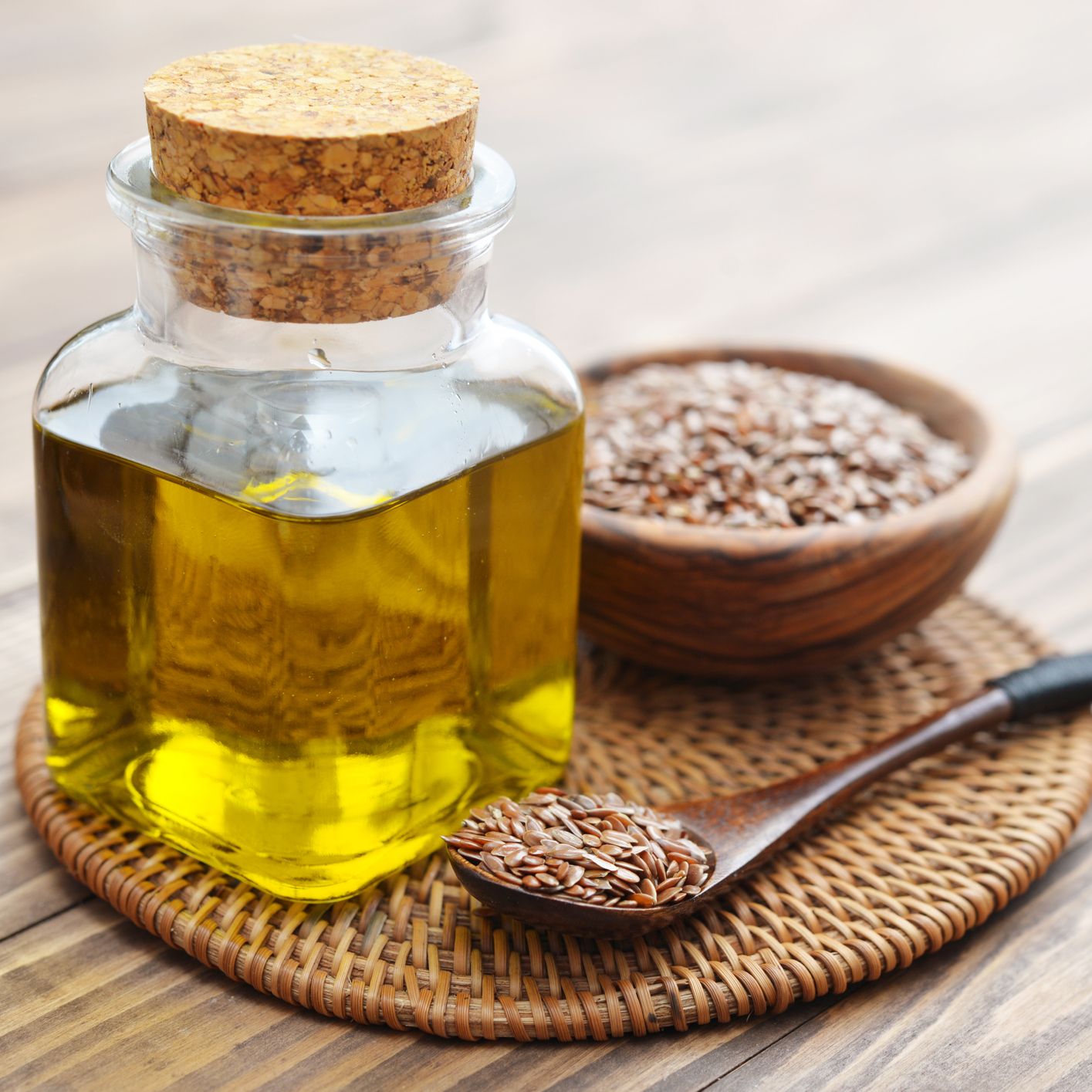The term “plant based” is everywhere right now—and there’s no standard definition for what that phrase actually means.
This confusion may contribute to something I’ve been hearing as a registered dietitian: that consuming plant-based omega-3 fatty acids is the same as consuming fish-based omega-3 fatty acids.
This isn’t true. And it’s an oversimplification.
There are actually three kinds of omega-3 fatty acids: alpha-linolenic acid (ALA), eicosapentaenoic (EPA), and docosahexaenoic acid (DHA). In food, EPA and DHA from fatty, cold-water fish (salmon, tuna, sardines). ALA, by comparison, comes from foods like walnuts, green leafy vegetables, flax seed, and chia seeds, among others.
All omega-3 fatty acids are essential, which means your body doesn’t produce them as it would, say, vitamin K. So that means you have to consume omega-3 fatty acids in your diet.
And all omega-3 fatty acids have been linked to better heart health, but here’s the catch: the research is stronger for some acids compared to others.
This content is imported from {embed-name}. You may be able to find the same content in another format, or you may be able to find more information, at their web site.
The difference between plant-based and marine-derived omega-3s
While ALA omega-3s are known to have some heart-health benefits, the evidence for EPA and DHA omega-3s is stronger and more specific. In particular, the science for EPA and DHA supports a risk reduction for coronary heart disease, cardiac death, and myocardial infarction (heart attacks).
EPA and DHA may also lower triglycerides and blood pressure and there is strong evidence for cognitive health, prenatal/maternal health, and eye health.
ALA haven’t been shown to possess that same depth or breadth of benefit. While there is a role in the diet for plant-based omega-3s like ALA, the fact is, most Americans typically get enough ALA. Think about it this way: ALA is like a Honda Civic compared to a EPA/DHA Tesla. Both are cars, but both don’t quite operate at the same level.
On the other end of the omega-3 spectrum, nearly 95 percent of Americans don’t consume enough of EPA and DHA, according to the National Health and Nutrition Survey.
The main problem with most plant-based supplements is that they do not contain EPA or DHA due to the lack of the enzymes that synthesize these fatty acids.
How many omega-3s should you eat daily?
Your body does a poor job of converting ALA into EPA and DHA. In fact, one study published in the British Journal of Nutrition found, that in healthy young men, only about 8 percent of dietary ALA converted to EPA (or 80 milligrams [mg] out of every 1,000 mg).
And DHA? That same study found that ALA converted to DHA at a maximum of 4 percent (or a max of 40 mg) and as low as 0 percent. So, at best, that’s a total of 120 mg.
While there is no dietary reference intake (DRI) for EPA and DHA omega-3s in the US, many scientific and governmental bodies around the world recommend a minimum of 250 to 500 mg of EPA/DHA daily.
This content is created and maintained by a third party, and imported onto this page to help users provide their email addresses. You may be able to find more information about this and similar content at piano.io


